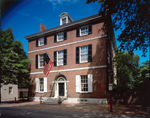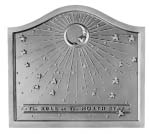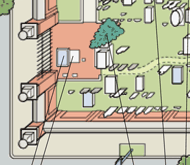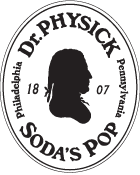

THE SOLITUDE
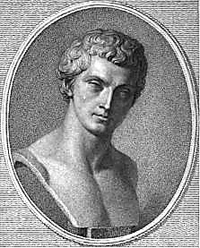
John Penn
John Penn (1760–1834), known as "The Poet," was the son of Thomas Penn and Lady Julian Fermor, and grandson of Pennsylvania's founder, William Penn. A scholarly youth, Penn attended Eaton and Cambridge in England. In 1781 he set off on the customary "Grand Tour" of Europe. A private and artistic person by nature, in Stuttgart, Germany he visited the Duke of Wuttemberg at his estate called, La Solitude, which would later become the namesake for Penn's far more modest county estate in Pennsylvania.
It has been speculated that in 1782 on his tour, John Penn may have seen free-standing oval cabinets that German cabinet makers are thought to have begun experimenting with in Neuwied, one of the principal furniture-producing centers of Europe. Fifty years later in the Biedermeier period, the freestanding oval form is certainly applied to Austrian and German secretaries.
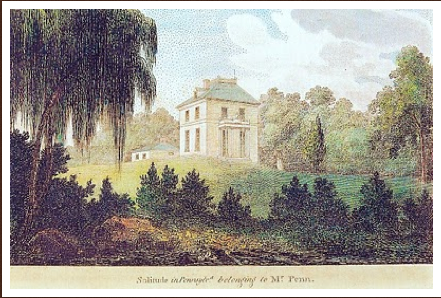
Traveling to Philadelphia in 1784 to press the government of Pennsylvania for his heirs' inheritance, on the west bank of the Schuylkill River above the city he built his country estate house, The Solitude. A perfect cube, John Penn is thought to have designed the house himself inspired by architect Robert Smith. The Solitude featured elegant plastered ceilings and a separate kitchen house connected it to the main house by an underground tunnel. Situated on a prominent hill above the river The Solitude was surrounded by gardens and Penn's private menagerie of animals. Unlike most estates George Washington had visited, he noted in his journal after a visit to this estate, he was not asked to spend the night at the small, one bedroom Solitude of John Penn.
In 1788 despite the assistance of the last Proprietary General and Keeper of the Great Seal of Pennsylvania, Edmund Physick, just four years after constructing The Solitude, John returned to England with a paltry 130,000 pounds in compensation for the Penn family's loss of twenty-one million acres of Pennsylvania. John Penn would never return to the United States.
Although Edmund Physick, who had worked for John's father and his Uncle John Penn since 1742, wanting to retire to Penn property he had reserved near Carlisle, John Penn had convinced Physick to remain in Philadelphia to continue managing the Penn family interest in Pennsylvania. Physick would later sell the seven acres of Penn family property on the western edge of Carlisle, where he had planned to retire, to become the campus of Dickinson College. Founded in 1783 by a close friend of Edmund Physick's son, Dr. Philip Syng Physick, Dr. Benjamin Rush, a signer of the Declaration of Independence. The college was named in honor of John Dickinson, a signer of the United States Constitution. Dickinson College's revolutionary educational model was based on a solid foundation in the liberal arts.
When John Penn returned to England in 1788 his agent, Edmund Physick, moved into The Solitude where he would remain until 1795.
Before leaving The Solitude John Penn had left instructions with Edmund Physick to sell all of the furniture he had left behind. Holding a public auction held in May of 1788, Edmund noticed that Penn's mahogany furniture was selling below its value that morning. Physick then made the decision to withdraw from the sale a singularly unique and valuable mahogany oval wardrobe. This free-standing oval piece, thought to have been designed by John Penn and made by the newly arrived cabinet maker Samuel Claphamson, seems to be the only example of this form in America at this time. The boldness of its design places it in a category of its own for eighteenth-century American furniture. Having planned his unique country house himself, this oval wardrobe further illustrates John Penn's talent and artistic creativity.
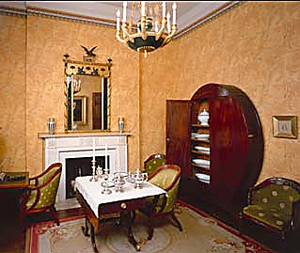
Samuel Claphamson having recently arrived in Philadelphia from London and having to compete with the well established cabinet makers of the city such as Affleck, he may have viewed the creation of the unusual oval form as a means to advertise his inventiveness and entrepreneurial spirit. Apparently Claphansom had made a second oval wardrobe that stood unsold in his shop for some time. No record of what became of this second cabinet has ever been found. Following the auction of Penn's furniture, John had written to Physick telling him to keep it for himself. Passing down through the Physick family, Penn's oval wardrobe was donated to the Philadelphia Society for the Preservation of Landmarks' historic Physick House in 1981 where it is on display today.
Following his wife Abigail Syng Physick's death in 1792, Edmund finally retired and left The Solitude in 1795, moving to the city near his son Dr. Philip Syng Physick's house on Arch Street. Episcopalian Edmund Physick died on June 7, 1809 and was buried with special permission in the Arch Street Meeting House yard next to his wife Abigail, who had officially become a member of the Society of Friends late in life.
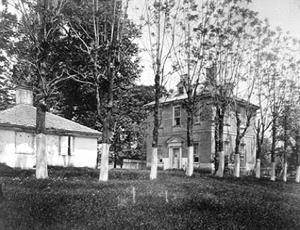
After 1795, The Solitude would be inhabited by a number of tenants until the passing of John Penn in 1834. Among those renting The Solitude as a summer retreat for his family was Edmund Physick's son, Dr. Philip Syng Physick.
Dr. Physick's daughter, Susan Dillwyn Physick, in her journal recalls her love for her nurse Amy, recording that on one occasion, probably around the year 1808 while renting The Solitude, her father "was much flattered by my permitting him to carry me down the lane to the gate, but by the time we arrived there my heart was breaking for Amy and I began crying most piteously, I want Amy, I want Amy." Amy, who had nursed Susan through her case of the whooping cough, records in her Journal that she had become "so much attached to her that my parents were some times almost jealous of the influence she possessed over me." Susan also records that Amy would continue to visit her "long after she had left the house."

Following John's death in 1834, Penn family members inherited The Solitude until the death of Reverend Thomas Gordon Penn in 1869. The Solitude is notable for being the only Penn home left standing in the United States. Pennsbury Manor, on the banks of the Delaware River in Falls Township, is a recreation of William Penn's 1683 country estate.
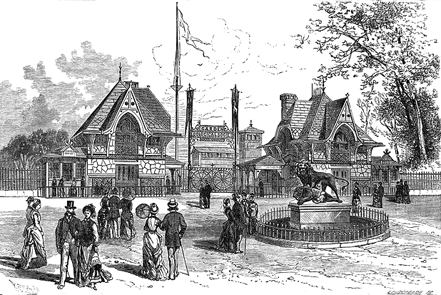
At about the time of the Reverend Penn's death, the last male descendant of William Penn, the city of Philadelphia was assembling land to form its Fairmount Park. Plans were initiated to purchase The Solitude. In 1874, the newly formed Zoological Society of Philadelphia was given a lease for the Penn property and "the house" as the site for America's first Zoo. Among its first uses, The Solitude became the Zoo's Reptile House. Later used as offices for the Zoo's director, The Solitude would become a cherished feature in the historic Philadelphia Zoological Gardens. Today, the house has been restored to its original form and serves as a house museum.
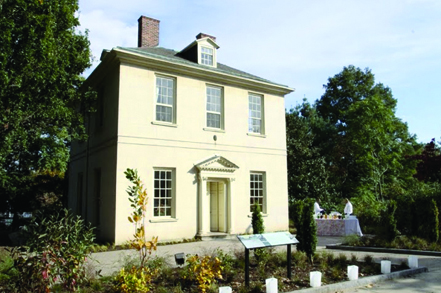
Special thanks are due to historian J. Collin Gleason for his research and thesis on the oval cabinets by carpenter Samuel Claphamson for John Penn.
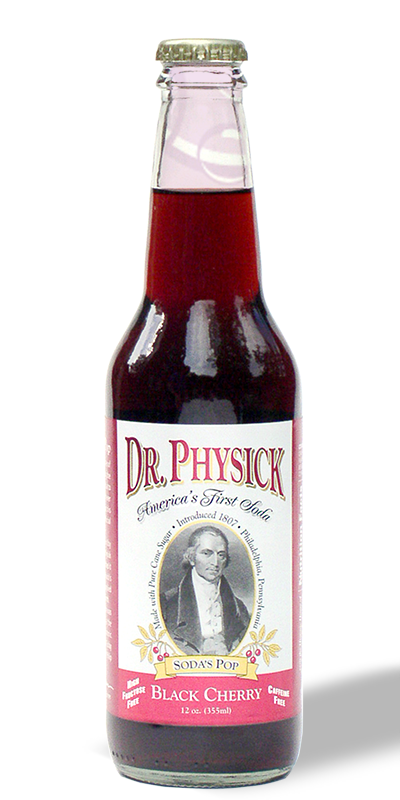

 City Tavern's Chef Walter Steib's tour of Physick House
City Tavern's Chef Walter Steib's tour of Physick House 